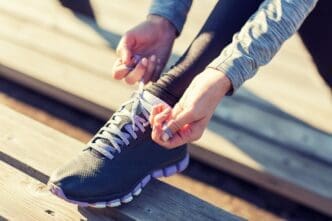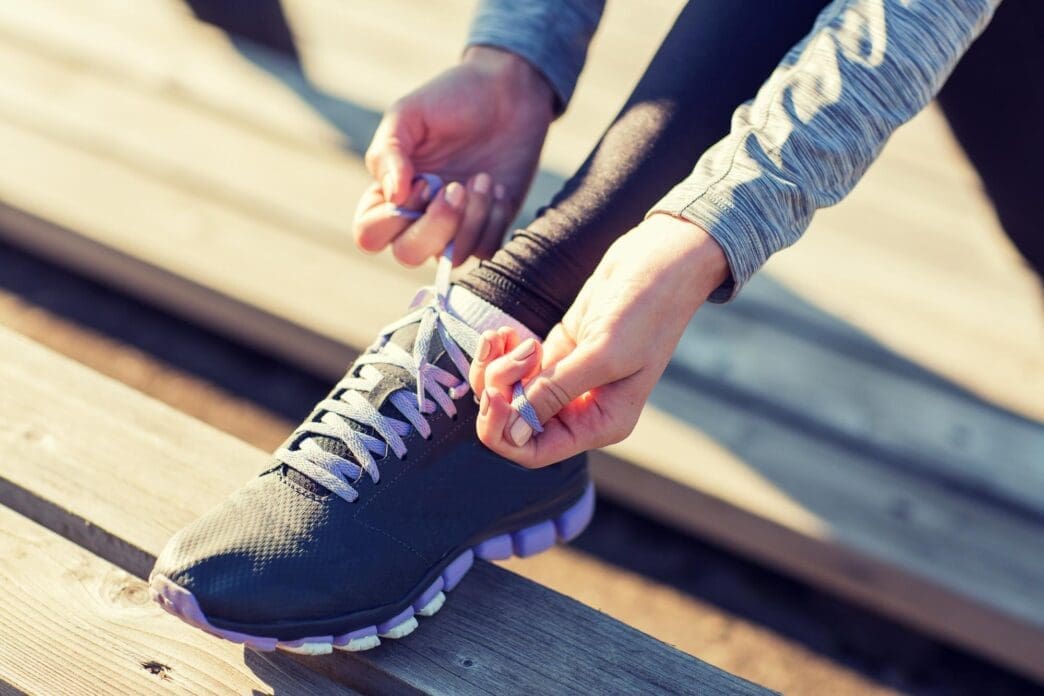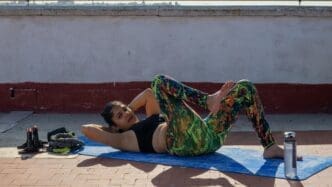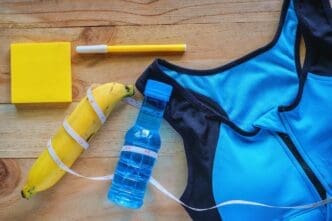A Quick Takeaway
The Story Behind the Trend
How to Make It Work for You
The Community View
Embarking on a running journey is an exhilarating step towards a healthier lifestyle, and for anyone looking to kickstart this transformative activity, selecting the right running shoes is paramount. The “who” is you, the aspiring runner; the “what” is finding a pair that offers optimal support, cushioning, and comfort; the “when” is before your first stride; the “where” is ideally a specialty running store; and the “why” is to prevent injuries, enhance performance, and ensure a sustainable, enjoyable experience from day one.
Why the Right Running Shoes Matter
Your running shoes are the most critical piece of equipment you own as a runner. They act as the primary interface between your body and the ground, absorbing impact and guiding your foot through its natural motion.
Wearing inappropriate footwear can lead to a cascade of issues, including common running injuries such as shin splints, runner’s knee, plantar fasciitis, and Achilles tendonitis. Proper shoes safeguard your joints and muscles, allowing you to train consistently and comfortably.
Key Features to Look For in Beginner Running Shoes
Understanding the fundamental characteristics of running shoes will empower you to make an informed choice that aligns with your individual needs.
Cushioning
Cushioning refers to the amount of material between your foot and the ground, designed to absorb impact. For beginners, a moderate to high level of cushioning is often recommended to provide comfort and protection as your body adapts to the demands of running.
Brands utilize various proprietary foams and technologies to deliver different cushioning experiences, ranging from soft and plush to firm and responsive. The right level of cushioning will make your runs feel more comfortable and reduce fatigue.
Stability and Support
Running shoes are broadly categorized by the level of support they offer for pronation, which is the natural inward rolling motion of your foot after it lands.
Neutral shoes are designed for runners whose feet exhibit minimal pronation or supination (outward rolling). Stability shoes incorporate features like medial posts or guide rails to help control excessive inward rolling, providing support for mild to moderate overpronators.
A gait analysis at a specialty running store can determine your pronation type, guiding you towards the appropriate stability level.
Fit and Feel
The fit of a running shoe is crucial for comfort and performance. There should be about a thumb’s width of space between your longest toe and the end of the shoe, allowing for natural foot expansion during your run.
The heel should feel secure without slipping, and the midfoot should be snug but not restrictive. Always try on shoes with the type of socks you plan to run in, and ideally, test them at the end of the day when your feet are slightly swollen.
Durability
While not an immediate concern, the durability of your first pair of running shoes will dictate how long they effectively support you. Look for shoes from reputable brands known for their quality construction.
A durable outsole and resilient midsole foam will ensure your shoes maintain their protective qualities over many miles, offering better long-term value and consistent performance.
Heel-to-Toe Drop
The heel-to-toe drop (or simply “drop”) is the height difference between the heel and the forefoot of the shoe, measured in millimeters. Traditional running shoes often have a higher drop (8-12mm), while some modern designs feature a lower drop (0-6mm).
For beginners, starting with a moderate drop shoe is often safest, as it allows your body to adapt gradually without placing undue stress on your Achilles tendons or calves. Significant changes in drop should be introduced slowly.
Top Picks for Beginner Runners
While specific models change annually, certain categories and brands consistently offer excellent options for those new to running. Focus on shoes that prioritize comfort, protection, and a smooth ride.
Neutral Cushioned Trainers
For runners with a neutral gait, highly cushioned neutral trainers are an excellent starting point. These shoes provide ample shock absorption without interfering with your natural foot motion.
Look for models from brands renowned for their plush cushioning and comfortable fit, such as Hoka, Brooks, Saucony, and New Balance. These shoes excel in daily training and offer a forgiving feel that can help prevent early-stage discomfort.
Stability Trainers
If your gait analysis reveals mild to moderate overpronation, stability shoes will offer the necessary support to guide your foot efficiently. These shoes incorporate subtle structural elements to reduce excessive inward roll.
Leading stability options can be found from brands like Brooks, ASICS, Saucony, and Mizuno. They provide a balanced blend of cushioning and support, ensuring your foot remains aligned throughout your stride.
How to Choose Your Perfect Pair
The single most important step in selecting your first running shoes is to visit a specialty running store. The knowledgeable staff can perform a gait analysis, observe your foot strike, and recommend shoes tailored to your specific biomechanics.
Do not shy away from trying on multiple pairs and taking them for a short jog on a treadmill or around the store. This “test drive” is essential to assess comfort, fit, and how the shoes feel during actual movement.
Avoid basing your decision solely on aesthetics, brand loyalty, or what your friends recommend. What works for one runner may not work for another, as shoe choice is highly personal.
When to Replace Your Running Shoes
Running shoes have a finite lifespan, typically lasting between 300 to 500 miles, or roughly every 4-6 months for regular runners. The cushioning material breaks down over time, losing its ability to absorb impact and provide support.
Pay attention to signs of wear, such as noticeable creasing in the midsole, worn-down outsole tread, or new aches and pains after your runs. Replacing your shoes proactively is key to preventing injuries and maintaining comfort.
Your Journey Starts Here
Choosing the right running shoes is a foundational step in building a successful and injury-free running routine. By prioritizing proper fit, cushioning, and support, you empower yourself to embrace the physical and mental benefits of running with confidence and comfort. Invest in your feet, and they will carry you further than you ever imagined on your wellness journey.








